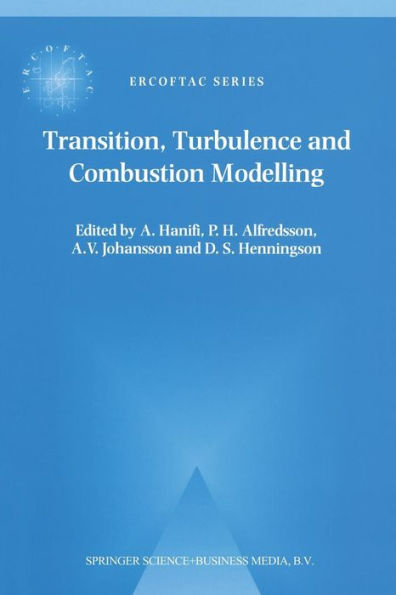The aim of the present book is to give, in a single volume, an introduction to the fields of transition, turbulence and combustion modelling of compressible flows and to provide the physical background for today's modelling approaches in these fields. The basic equations for compressible flows are presented (Ch. 1). The fundamental aspects of hydrodynamical instability are discussed (Ch. 2). along with transition prediction methods in industrial applications (Ch. 3). Turbulence modelling approaches ranging from single-point models (Ch. 4, 5) to large-eddy simulation techniques (Ch. 6), direct numerical simulations (Ch. 7) and turbulence combustion modelling (Ch. 8) are covered. The book addresses engineers and researchers, in industry or academia, who are entering into the fields of transition, turbulence or combustion modelling research or who need to apply turbulence or transition prediction methods in their work.
"1113966014"
Transition, Turbulence and Combustion Modelling: Lecture Notes from the 2nd ERCOFTAC Summerschool held in Stockholm, 10-16 June, 1998
The aim of the present book is to give, in a single volume, an introduction to the fields of transition, turbulence and combustion modelling of compressible flows and to provide the physical background for today's modelling approaches in these fields. The basic equations for compressible flows are presented (Ch. 1). The fundamental aspects of hydrodynamical instability are discussed (Ch. 2). along with transition prediction methods in industrial applications (Ch. 3). Turbulence modelling approaches ranging from single-point models (Ch. 4, 5) to large-eddy simulation techniques (Ch. 6), direct numerical simulations (Ch. 7) and turbulence combustion modelling (Ch. 8) are covered. The book addresses engineers and researchers, in industry or academia, who are entering into the fields of transition, turbulence or combustion modelling research or who need to apply turbulence or transition prediction methods in their work.
219.99
In Stock
5
1

Transition, Turbulence and Combustion Modelling: Lecture Notes from the 2nd ERCOFTAC Summerschool held in Stockholm, 10-16 June, 1998
532
Transition, Turbulence and Combustion Modelling: Lecture Notes from the 2nd ERCOFTAC Summerschool held in Stockholm, 10-16 June, 1998
532Paperback(Softcover reprint of the original 1st ed. 1999)
$219.99
219.99
In Stock

Product Details
| ISBN-13: | 9789401059251 |
|---|---|
| Publisher: | Springer Netherlands |
| Publication date: | 10/15/2012 |
| Series: | ERCOFTAC Series , #6 |
| Edition description: | Softcover reprint of the original 1st ed. 1999 |
| Pages: | 532 |
| Product dimensions: | 6.30(w) x 9.45(h) x 0.04(d) |
From the B&N Reads Blog
